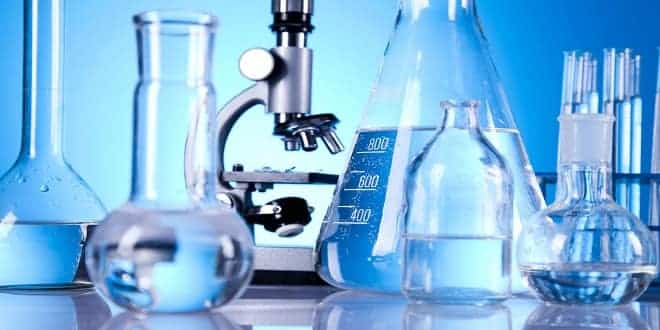Writing Material Balances with Presence of A Chemical Reaction ( Prof.Dr. Sevim KAYA )
Chapter 3.
WRITING MATERIAL BALANCES WITH PRESENCE OF A CHEMICAL REACTION
In the material balances writing for the reactive systems we need to know which chemical reactions occurred and what the stoichiometric ratio between the reactants and products is. In the steps of M.B. we need to write all possible reactions after choosing basis, and equilibrating the equation. SO we need to refresh our basic reaction knowledge:
Stoichiometry: When chemical reactions occur, in contrast with physical changes of material such as evaporation or dissolution, you want to be able to predict the mass or moles required for the reaction(s), and the mass or moles of each species remaining after the reaction has occurred. Reaction stoichiometry allows you to accomplish this task. The word stoichiometry (stoi-ki-om-e-tri) derives from two Greek words: stoicheion (meaning “element”) and metron (meaning “measure”). Stoichiometry provides a quantitative means of relating the amount of products produced by chemical reactions to the amount of reactants. The following expressions are widely used in stoichiometry:
1. Stoichiometric coefficients: The numbers that are precede the chemical substances involved in the chemical reaction equation are known as ” stoichiometric coefficients”. These coefficients represent quantity of any reactant that is theoretically required for complete conversion of other reactants.
2. Stoichiometric ratios: The ratio between any stoichiometric coefficients in a balanced chemical equation is known as “stoichiometric ratio”. As an example, the reaction of nitrogen and hydrogen to produce ammonia: N2 + 3H2 → 2NH3 The stoichiometric ratio shows us molar ratio for any pair of reactants and products:
…




